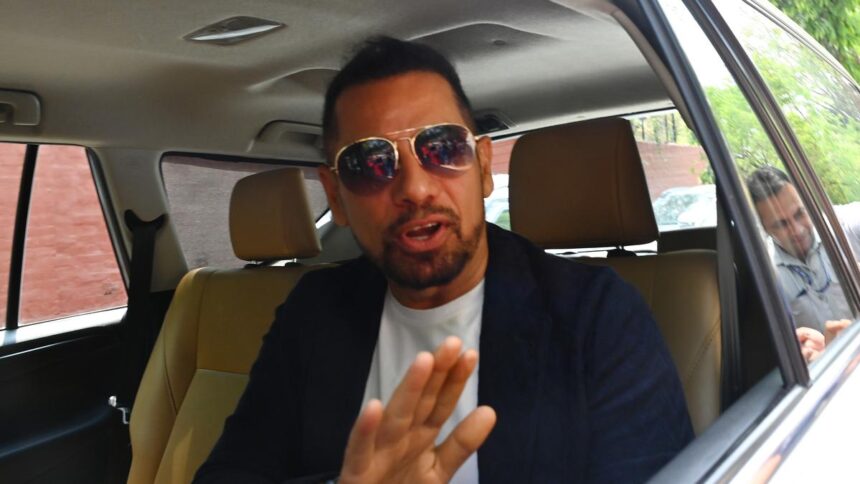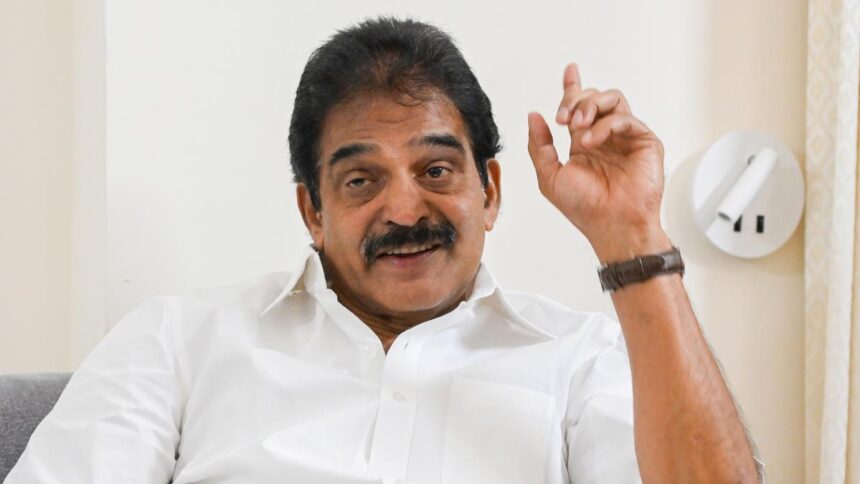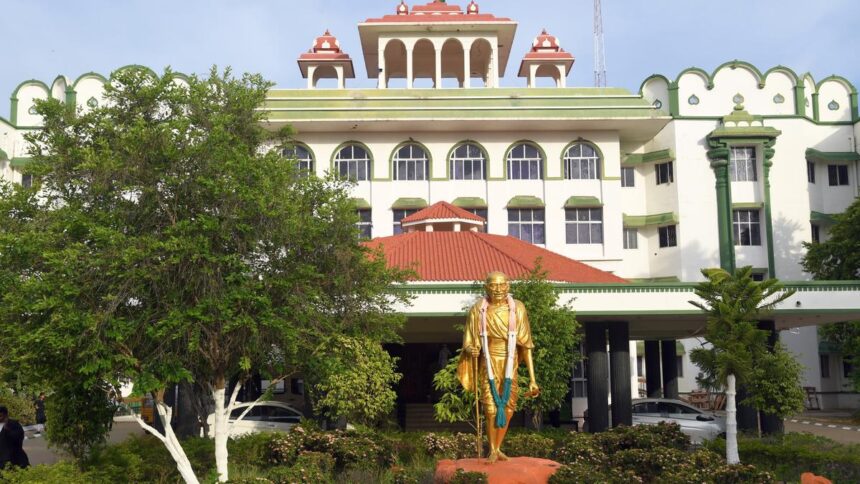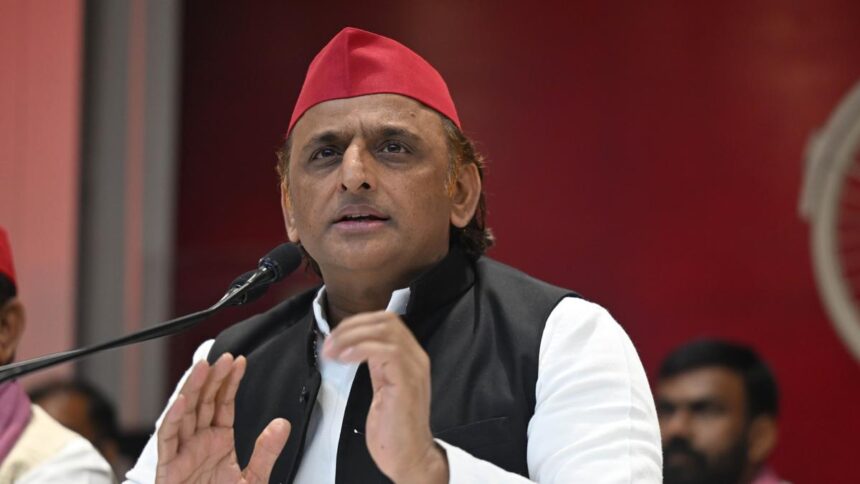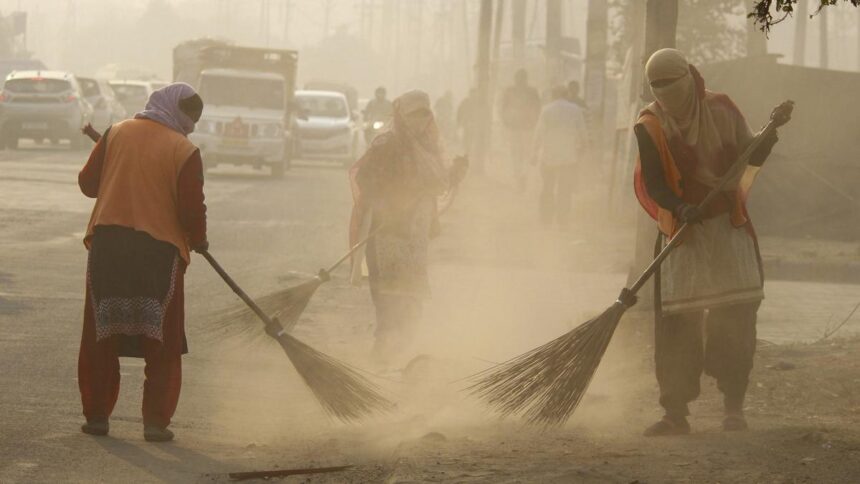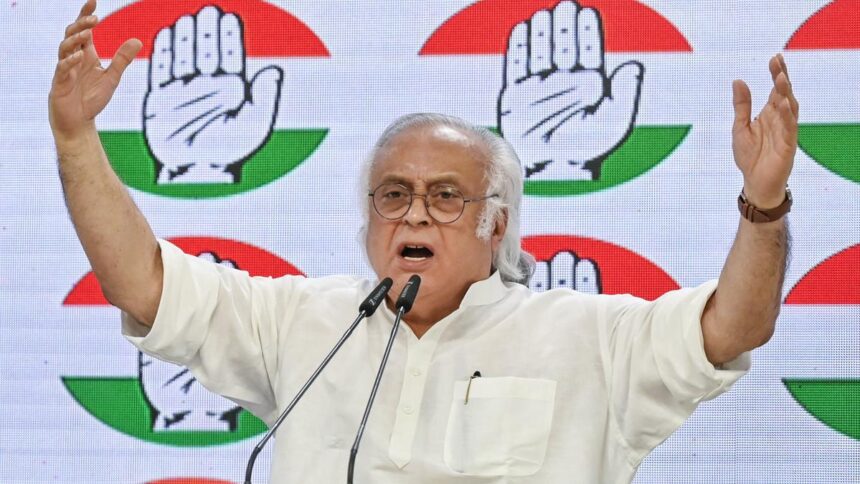Chennai
While we are celebrating Chennai in all its forms, a senior manager at an information technology (IT) firm and parai artiste, Gokulakrishnan, says, “Parai, gaana, and football have always been enduring motifs, especially in north Chennai. Parai, which has a long history, is now breaking free from the shackles of its imposed identity and heard across the city neighbourhoods, primarily at folkart workshops, led by emerging and seasoned collectives.”
Parai is one of the oldest percussion instruments in history. For far too long in modern Tamil society, it was reduced to a sound of mourning, called ‘inauspicious’ and burdened with caste stigma, though parai in the Sangam Age tells a different story. It was the voice of the people — primarily used for gathering and announcing wars. On a Sunday morning, around 20 members of the Maiyam Kalai Kuzhu, from areas such as Adyar, Guindy, and Kasimedu, arrive at a temple in Chromepet. Most of them are in their 20s, and carry parai, that they not only drum together, but also dance with until noon.
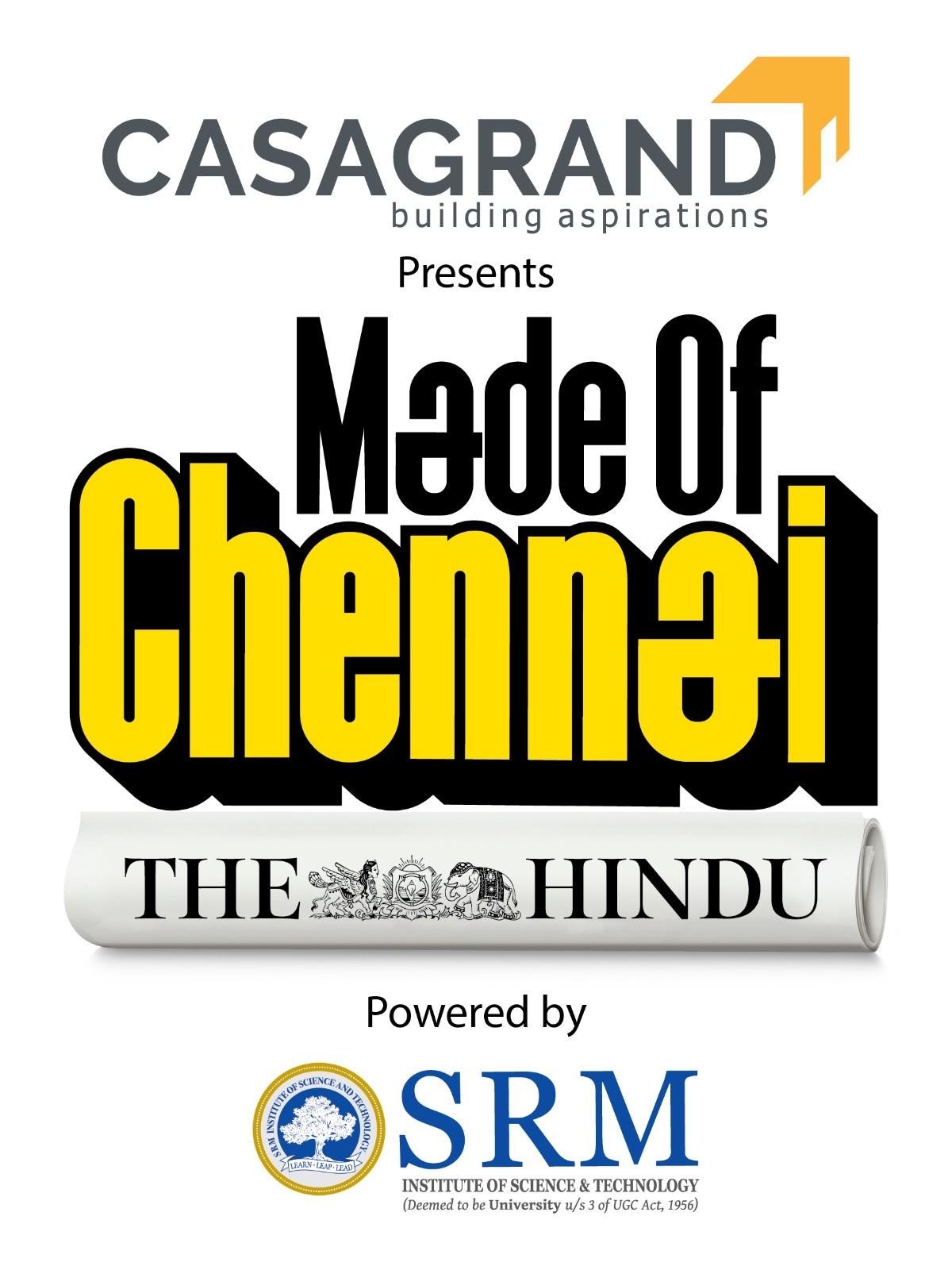
“Lately, young people from the IT sector have been stepping up to learn,” says Joanna, a postgraduate student and parai trainer. During movements such as the Eelam and Jallikattu protests, parai was widely used a symbol of solidarity, and more people are eager to connect with it in everyday spaces today,” adds Mr. Gokulakrishnan from the collective. Still, finding a place to practise isn’t easy.
Meanwhile, every Sunday, you will find Manimaran Magizhini, founder of Buddhar Kalai Kuzhu and a part-time teacher at the Tamil Nadu Fine Arts College, teaching paraiyattam in Vanagaram. “Parai is in so many films now, but we are not always invited to play in concerts,” he says. He recalled when parai was termed the ‘funeral drum’ and played only by a sub-sect of the Scheduled Caste community, who were mistreated, underpaid, and even barred from buses while carrying the instrument. Now, he tours around the world with composer Santhosh Narayanan, and recently helped start a parai collective in Ireland.
“In 2025, you see parai artiste Velu Aasan, with a Padma Shri, and our groups performing ticketed shows in New York,” he says, and credits many organisations, and their years-long activism for lifting the stigma attached to it. These collectives encourage members to put their career and education first, and pursue parai purely as an art form.
In Kodambakkam, 27-year-old Madhi Akash, an IT professional, teaches parai at Vaanam Studios. He uses the word ‘liberating’ as more youth in the city join parai classes. As folkart collectives grow in the city, corporate invitations to perform come knocking, he adds.
Drum of defiance
When Chandia, an HR professional, first took up the parai, many told her to opt for more “acceptable” alternatives such as the tabla or the African djembe. “That was my trigger. Why should I ignore our own percussion instrument? Moreover, when men play parai, people glance and move away. But when women play, the stigma doubles, since it is a taboo wrapped within another,” she says.
Change in Chennai is drumming its way in and taking root. Perhaps, this silent revolution is most vividly seen at Avvai Home TVR Girls’ Higher Secondary School in Besant Nagar, where Deepan N., founder of Nanbargal Gramiya Kalai Kuzhu, is training an all-girls parai ensemble. The group, now 25-30 members strong, already swept the awards at the Kalai Thiruvizha arts and cultural festival this year, along with a slew of other accolades!
Published – August 19, 2025 08:00 am IST
















